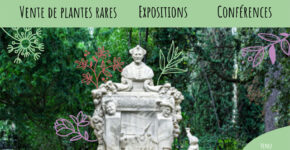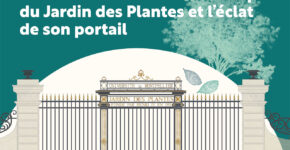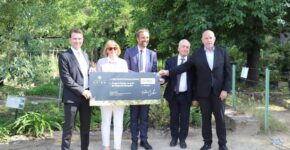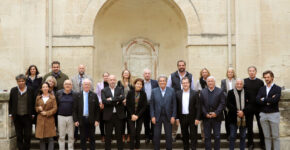Plant Garden
Come and stroll in the shade of the bamboo grove or along the shady paths of the English garden, admire the Martins greenhouse and its "succulent" plants, or dream along the banks of the lotus pond in the footsteps of André Gide or Paul Valéry. Founded in 1593 by Henri IV, France's oldest botanical garden covers almost 5 hectares in the heart of Montpellier. Attached to the Faculty of Medicine, this space once entirely dedicated to research and teaching continues to attract researchers from all over the world. The Jardin des Plantes de Montpellier is listed as a site (February 12, 1982) and has been protected as a Historic Monument since September 3, 1992.
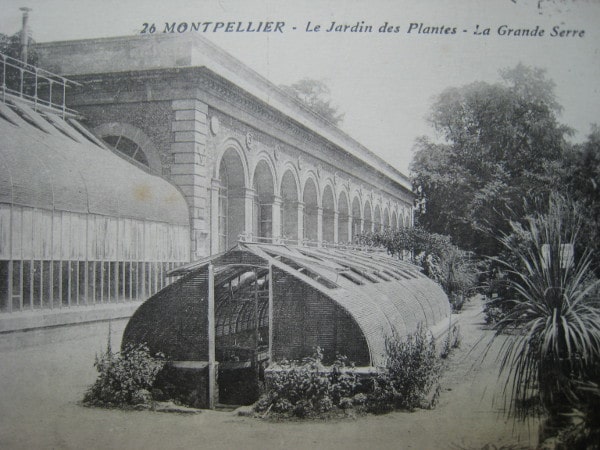
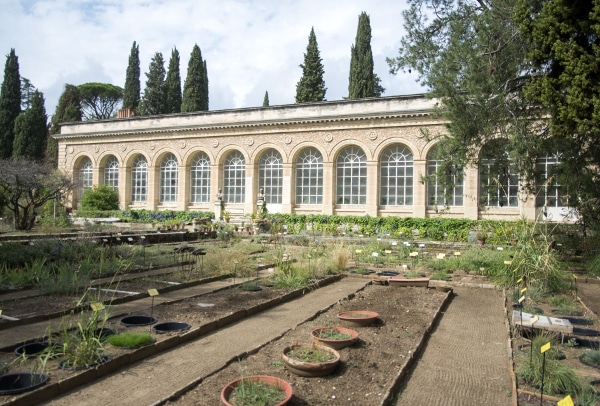
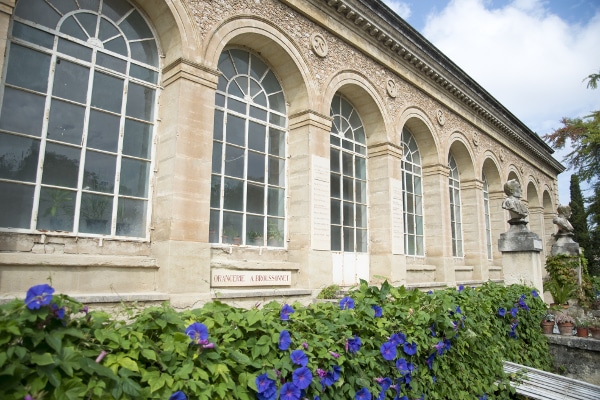
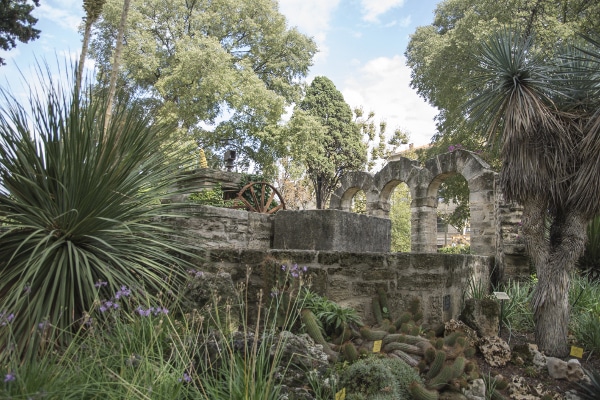
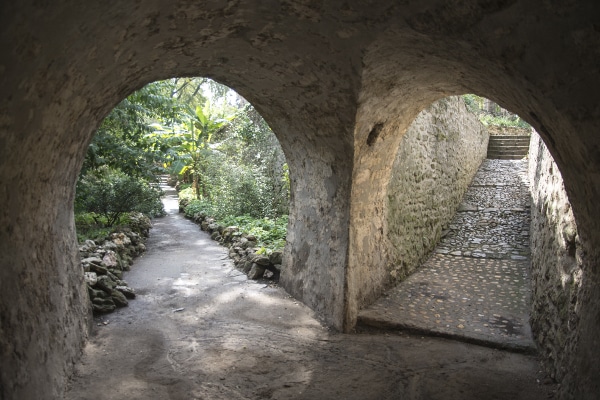
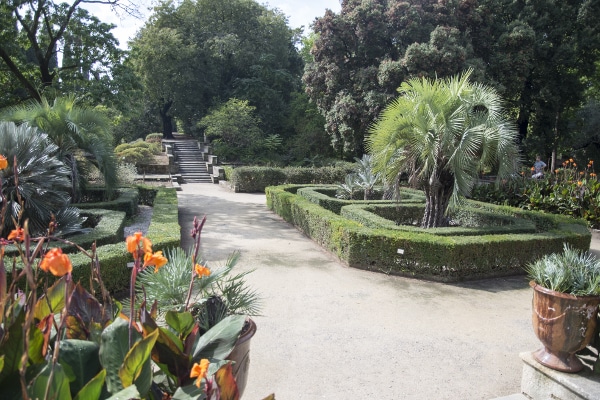
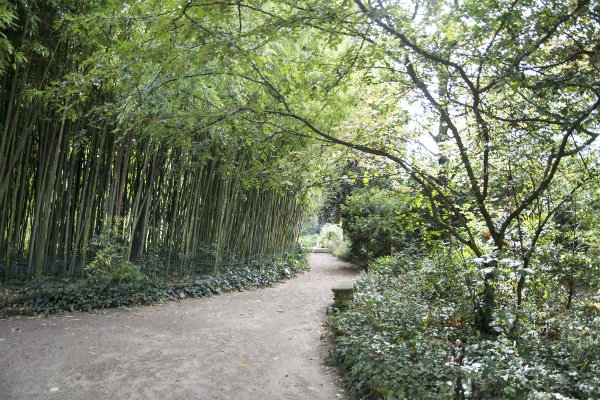
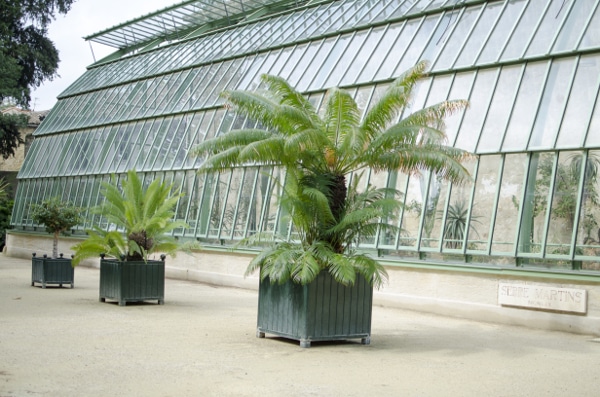
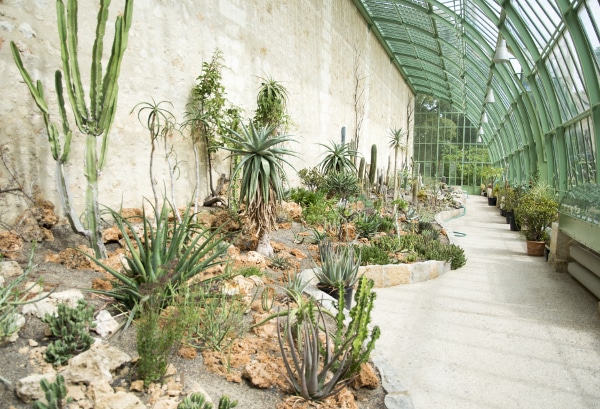
Self-guided tours
Self-guided tours are only available during public opening hours (see above). For existing groups (schools, associations, public bodies, etc.), please fill in the self-guided tour form.
Guided tours
Montpellier's Jardin des Plantes staff offer themed tours from Monday to Friday, excluding public holidays, mornings from 8:30am to 12pm, afternoons from 1:30pm to 4:30pm. All tours are free and no registration is required. Please arrive 10 minutes beforehand at the entrance to the Jardin, Boulevard Henri IV. A guide will contact you to finalize your visit.
Garden rental / Filming...
For all special requests (private or professional photos, filming, events...), please contact the secretariat, by email, at least 3 months before the desired date of arrival, in order to deal with the administrative part (authorization, organization and agreement). In addition, since January 2014, a fee structure has been in place for any rental of the Jardin.
The Jardin des Plantes past and present
In 1593, Henri IV entrusted Pierre Richer de Belleval, a botany and anatomy teacher, with the creation of a Royal Garden, with the aim of developing "health through plants". Inspired by the "medical garden" of Padua, the Italian benchmark for gardens, the Jardin des Plantes de Montpellier in turn became a model for the one in Paris.
At the time of its creation, the garden was intended for the cultivation of "simples". However, Richer's project soon went beyond the cultivation of medicinal plants and became a veritable tool for botanical study, unprecedented at the time.
At the beginning of the 17th century, Montpellier's Jardin des Plantes was not only a scientific garden, with its extensive plant collection, but also considered a pioneering garden in its approach to the diversity of the plant world. To promote this diversity, it reproduces different environments (shady, sunny, humid, sandy, stony...) and devotes special areas to exotic plants.
1st Garden (circa 1602)
Richer Mountain" is the oldest part of the garden. It served as a model for similar sites in several European gardens. Formed by a mound with five terraces on each slope, it featured mainly local flora. The "medical garden" once stood on the site of today's cypress alley, known as the "Tuscan alley".
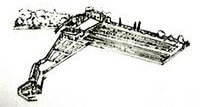
Unfortunately, this first garden was completely ruined during the siege of Montpellier by Louis XIII in 1622. All that remains today is the "Montagne".
2nd Garden (1622 - 1810)
From 1622 onwards, Richer de Belleval resumed his work and enlarged the garden by purchasing neighboring plots. Later, Pierre Magnol, plant demonstrator and then substitute intendant from 1694 to 1697, used these areas as a test garden. In 1707, the systematic school was established on this site, with its pupil Joseph Pitton de Tournefort.
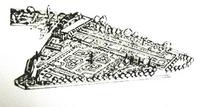
In 1756, the first heated greenhouse was built at the Jardin des Plantes. At the end of the 18th century, Antoine Gouän, the garden's director, transported a marcotte of his ginkgo tree, which became the symbol of the École de Santé, reborn after the Revolution. Erected between 1802 and inaugurated in 1806, a beautiful orangery was built by the famous architect Claude-Mathieu de la Gardette. In the 19th century, two greenhouses were added to the garden's facilities.
3rd garden (1810 - 1860)
In the course of the 19th century, the historic garden was twice enlarged, more than doubling its surface area. These new spaces made it possible to create the English Garden in 1860. The director at the time, Charles Martins, erected a temperate greenhouse and dug a lotus pond known as "Lac aux Nélumbos".
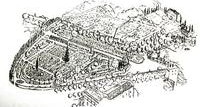
Beyond this basin is an astronomy pavilion known as the "Algerian Marabout". This small observatory was never used as such, but only for spectroscopic studies.
The Jardin des Plantes today
Today, the Jardin des Plantes covers an area of 4.5 ha, with a greenhouse area of 688 m2 and an orangery of 267 m2. The garden has a total of 2,679 species.
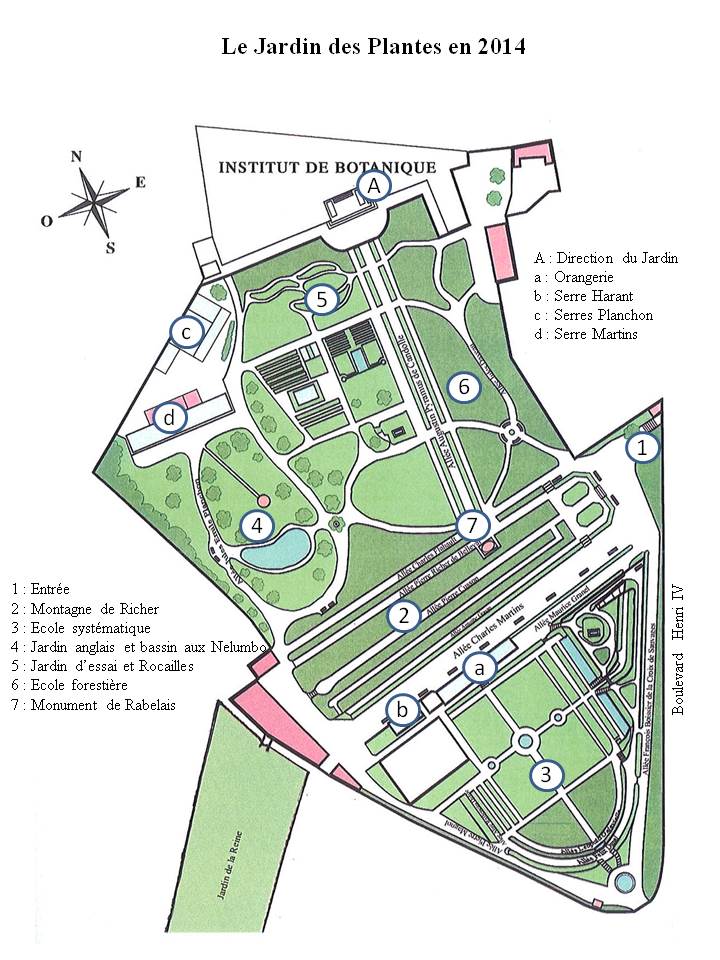
Montpellier's Jardin des Plantes has a triple vocation:
Botanical garden
The botanical garden differs from a classical garden in its collections, its display of living plants and its well-identified seeds, both rare and common. The action program for such a garden is part of the European Botanic Gardens Consortium (BGCI/IABG) plan.
Dedicated to scientific research, the garden is a center for taxonomic and horticultural studies, open to international cooperation. To protect the Jardin des Plantes' scientific heritage as effectively as possible, its staff are committed to enriching and safeguarding its animate (plants) and inanimate (books, written documents, iconography, herbarium) collections.
Historic garden
With more than 4 centuries of history, the Jardin is now protected as a historic site and monument. In this context, the protection and enhancement of the buildings plays an important role in the life of the Jardin. Heritage conservation involves maintenance and restoration, as well as strict regulation of public visits.
University garden
Since its creation in 1596, the Jardin des Plantes has had close links with the University, as it specializes in medicinal plants. Dedicated to higher education, the Garden regularly welcomes students to complete their theses and dissertations.
With a view to bringing scientific knowledge to the general public, the staff of the Jardin des Plantes develop educational activities aimed at different categories of the population.
The Jardin des Plantes collections
The de Candolle systematic school
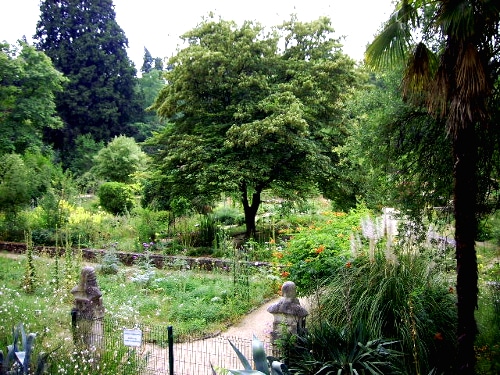
The Systematics School is a site where plants are grouped by botanical family. 250 species are located in a protected area due to their fragility. Unable to cope with excessive visitor numbers, the de Candolle Systematics School is open exclusively for scheduled group visits.
The cistus collection
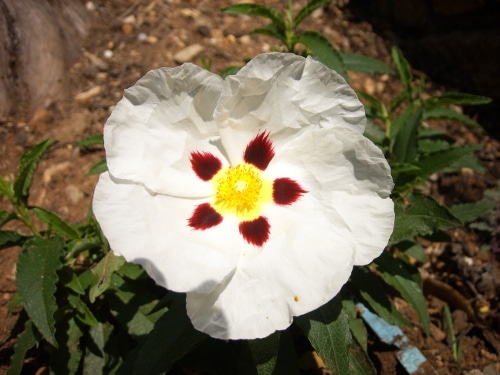
Cistus are Mediterranean scrubland plants renowned for their resistance to arid conditions. At the Jardin des Plantes in Montpellier, a dozen species and their hybrids, born of crosses between closely related species, are planted on the southern slopes of the Montagne de Richer. Remarkable for their flowering, rockroses decorate the Jardin des Plantes with large white or yellow flowers from April onwards.
Medicinal plants
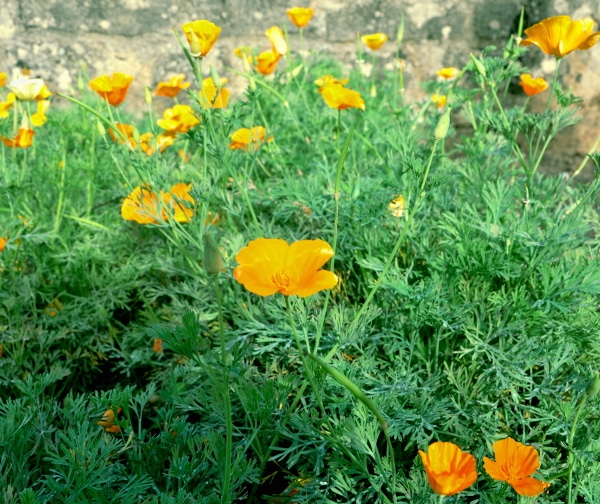
The medicinal plant collection is currently under construction. The aim is to bring together the main recognized French medicinal plants, to support teaching in the Faculty of Pharmacy. The 164 species planned will occupy the "carré des médicinales" (medicinal plant square) in the systematic school. They will be accessible to the public only on guided tours.
The trees

Montpellier's Jardin des Plantes is home to more than 170 trees, mainly grouped together in the 19th-century arboretum. The trees make up a remarkable collection in terms of age and size, including pecan, ginkgo, osage orange and mountain phyllaria. The interest of certain trees, such as the Atlas cypress, the false kermes oak or the alligator juniper lies less in their size than in their great rarity in the collection and their botanical interest.
Succulent plants

Succulents are succulent plants, the most popular of which are cacti. The collection at Montpellier's Jardin des Plantes includes 400 species, and has been built up since 2011 through donations from collectors and botanical gardens. Succulents are renowned not only for their resistance to arid climates, but also for their dazzling blooms. In some cactus species, the flowers are much larger than the plant that bears them.
Palm trees
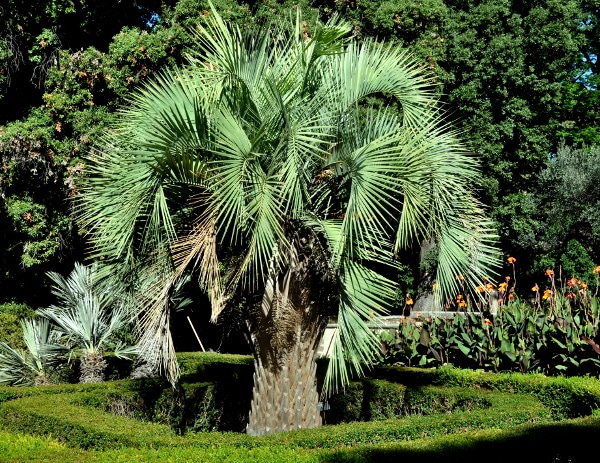
Until the early 2000s, palm trees were a prominent feature of the Jardin des Plantes. In particular, two fine rows of Chinese hemp palms bordered the English garden and the École de Systématique. In 2006, they fell victim to the Argentine butterfly, whose caterpillar feeds exclusively on the heart of the palm, leading to the death of the trees. Since then, the number of palms has fallen, and today there are just 36 species, visible in all areas of the Jardin des Plantes.
Naturalized plants
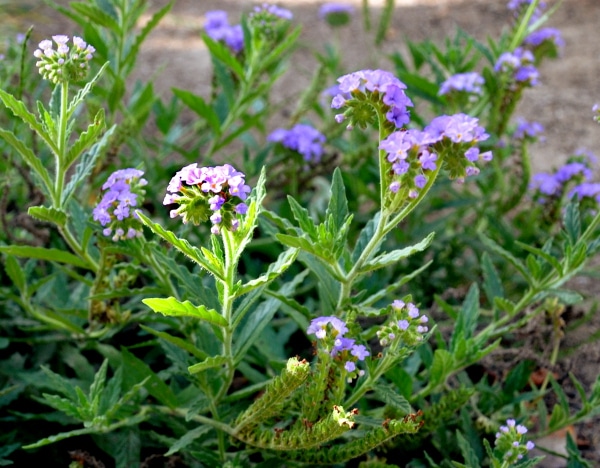
Housed in different parts of the Jardin des Plantes, the 9 species of so-called naturalized plants come from all over the world (Carolina modiole, Greek micromeria, Sicilian snapdragon, etc.). The most remarkable of the naturalized plants is oriental comfrey, originally from Turkey. Naturalized since 1930, it is the dominant plant of the undergrowth in spring, with its abundant white flowers. Since then, it has spread to other green spaces in Montpellier.
Entomological fauna
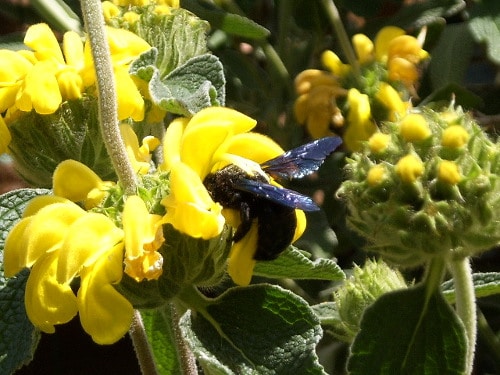
The Jardin des Plantes is home to a wide variety of insects that play a vital role in transporting pollen from flower to flower. In addition to these pollinating insects, there are many enemies of cultivated plants, known as insect pests. Among the most impressive insects is the carpenter bee, with its massive purple body. It doesn't hesitate to pierce the base of flowers, whose nectar it covets. Pacific, it likes to "make acquaintance" by flying over the face of the person observing it. In August, the carpenter bee turns from purple to yellow as it is sprinkled with pollen from the flowers it visits.
Index Seminum
The Jardin des Plantes de Montpellier is part of a network of seed exchanges with 500 other botanical institutions in France and 80 other countries. Seeds are regularly collected in the garden, as well as in the wild around Montpellier. The Index Seminum is a catalog of these seeds, published every 2 years and reserved exclusively for other botanical gardens.
